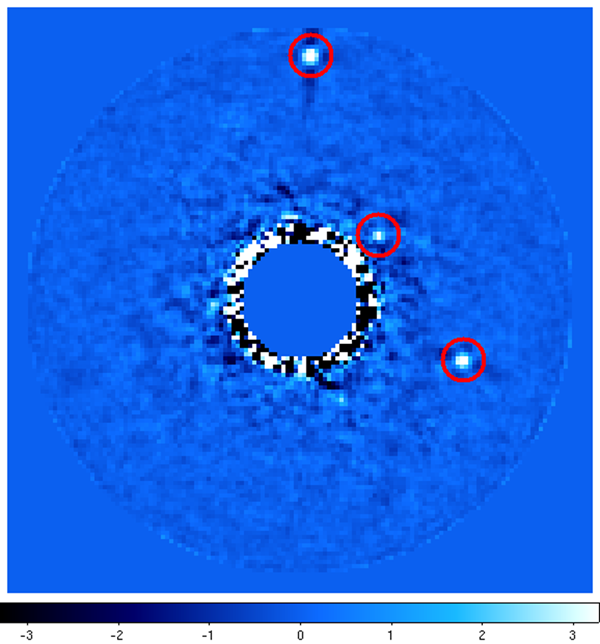Princeton University researchers have built a new instrument for the Subaru Telescope that will take spectra of exoplanets orbiting nearby stars.
Spectrum is a band of colors created from the pieces of light being separated by different degrees of refraction based on wavelength. The spectra are helpful in observing planets because they can explain more about a planets chemical composition, density, mass, luminosity, and relative motion.
The instrument is called CHARIS (Coronagraphic High Angular Resolution Imaging Spectrograph). Prof. N Jeremy Kasdin led the team that designed and built CHARIS, which isolates light from planets larger than Jupiter that go around a star, besides the Sun, and analyzes it to understand the planet’s atmospheric components.
CHARIS was created in about five years at Princeton University under the supervision of Tyler Groff, who previously worked at Princeton and now is at NASA. It has nine mirrors, five filters, two prisms assemblies, and a microlens array. It was developed as part of a collaboration with Princeton University, the University of Tokyo, and the National Astronomical Observatory of Japan.
Groff said that analyzing spectrums of planets will help astronomers see more specific features beyond basic atmospheric composition, which will in turn make it easier to understand the mass, temperature, and age of the planet.
While CHARIS only has about a two arcsecond (a unit of angular measurement used to describe an object’s location in space) view of the sky, it still takes images using a wide band of light, which will make it easier for detailed analyses in its field.
According to Kasdin, the team was very pleased with the results.
“CHARIS exceeded all of our expectations,” Kasdin said in a press release. “I can’t praise our team enough for their extremely hard work and dedication that made CHARIS a success. It is on track to be available for science observations in February 2017.”










